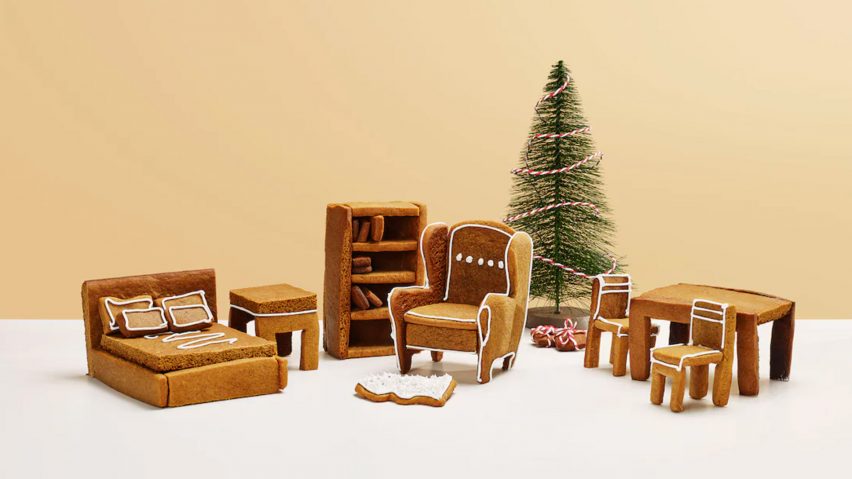So, your renovation is finally done. The dust has settled (literally), and you can finally breathe. The walls are crisp, the flooring is exactly what you envisioned, and the space feels brand new. But now comes the part that often trips people up—furnishing it.
I’ve been there. I’ve walked into a newly renovated space, excited to make it my own, only to feel paralyzed by all the choices. How do you find furniture that doesn’t just look good but also feels right? That fits your new space perfectly without clashing with the design choices you just spent months agonizing over?
After going through this process myself (and helping a few friends along the way), I’ve figured out a method that works. Here’s what I wish I knew before I started filling my space.
Step 1: Match Your Furniture to Your Renovation Style
Before you even step foot in a furniture store (or start doom-scrolling through endless options online), take a moment to really assess your renovation’s style.
Did you go for a modern, minimalist look with sleek finishes? If so, bulky, ornate furniture might feel out of place. Or maybe you leaned into a cozy, rustic vibe, in which case sleek glass and metal pieces might not be the best match.
Think of your home as a puzzle—your furniture should be the final pieces that complete the picture, not random elements thrown together.
Step 2: Pay Attention to Color and Materials
One of the biggest mistakes I made early on? Buying furniture without considering how it would actually look in my space.
If you’ve got warm wood flooring, stick with furniture that complements those tones rather than clashing with them. If your walls are a cool gray, a stark white sofa might feel more cohesive than, say, a deep brown one.
I found that browsing places like Coleman Furniture really helped because they offer a variety of finishes, making it easier to find pieces that actually work with what I already had.
Step 3: Think Function First, Looks Second
It’s easy to fall in love with a gorgeous couch or an ultra-trendy dining set, but ask yourself—how will you actually use this space?
I once bought a beautiful coffee table with a glass top, thinking it was super chic. Fast forward to reality: constant smudges, scratches from my keys, and the realization that it wasn’t at all practical for everyday life. Lesson learned.
Measure your space, think about how you live, and choose pieces that fit both functionally and aesthetically.
Step 4: Don’t Ditch Everything—Blend Old with New
You don’t have to throw out all your old furniture just because you renovated it. In fact, mixing old and new can give your home more character.
When I updated my space, I held onto a few sentimental pieces and found ways to make them work. A fresh coat of paint on a wooden dresser, new upholstery on an old chair—small updates made my existing furniture feel brand new.
It also saved me a ton of money, which was a nice bonus.
Step 5: Invest in Quality (Where It Matters)
Look, I get it—furnishing a home can get expensive fast. But I’ve learned that there are certain things worth splurging on.
A well-made couch? Absolutely. A cheap one might look fine for a year, but you’ll regret it when the cushions start sagging. Dining chairs? If you actually use your table, get ones that are comfortable enough for long dinners.
That said, not everything has to be high-end. Side tables, trendy decor, or even rugs? You can find budget-friendly options that still look great. It’s all about balance.
Step 6: Comfort is Just as Important as Style
You know that stunning armchair that looks like it belongs in an interior design magazine? Yeah, if it’s uncomfortable, you’re never going to use it.
Test furniture whenever possible before buying. Sit on it, stretch out—imagine actually living with it. If you’re shopping online, read reviews. Trust me, people will be brutally honest if something isn’t comfortable.
Step 7: Add Personality with Accessories
Furniture sets the foundation, but accessories bring your space to life. Think throw pillows, rugs, artwork, and lighting—this is where your style really shines.
I love using accent pieces to switch things up over time. A bold area rug or new curtains can completely refresh a space without requiring a big investment.
Step 8: Choose Flexible Pieces for the Long Haul
Trends come and go, but classic, adaptable furniture will serve you well for years. That’s why I stick with neutral-colored sofas and bigger pieces—then I mix in trendy elements through decor.
Also, consider modular furniture. A sectional that can be rearranged or an extendable dining table can adapt as your needs change.
Step 9: Keep the Whole Home in Mind
Each room in your home can have its own style, but everything should still feel connected.
When I renovated, I made the mistake of designing each room in isolation. My bedroom had soft neutrals, while my living room had bold, modern accents—walking from one space to the other felt jarring. I eventually tied things together by repeating certain colors and materials throughout the house.
A little consistency makes a big difference.
Final Thoughts
Furnishing a newly renovated home doesn’t have to be stressful. Start with your renovation style, choose quality over quantity, and don’t rush into buying everything at once.
And most importantly—pick pieces that make you happy. This is your home, and at the end of the day, it should feel like a place where you truly belong.







